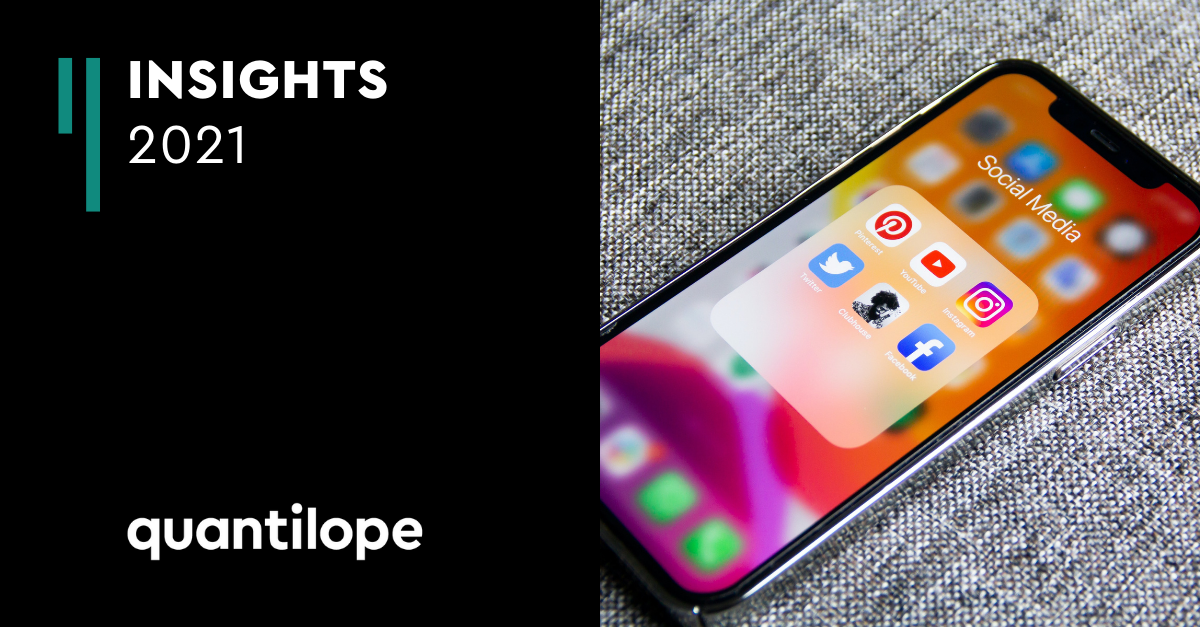Two of inColor’s favourite things are authentic video and helping our customers achieve greater reach amongst their target audience. Fortunately, with video marketing, the former leads directly to the latter.
Video marketing is playing an ever-increasing role in brands’ marketing strategies, and these days it isn’t limited to professionally-produced TV ads. Instead companies are realising that branded and user-generated content fit more comfortably with how people want to receive brand messages and how they use media.
So why, where and how might you use video marketing?
Why?
- For a start, many businesses are already doing it (currently 87%) and 83% are reporting a healthy ROI.
- Videos are incredibly versatile. There is a plethora of channels and platforms on which to place them, including email, your company website, social media channels and YouTube.
- Video is a preferred medium for many consumers these days. Just consider these stats: 55% of people watch videos online every day, Facebook generates 8 billion video views on average per day and mobile video consumption rises 100% every year.
- They have a snowball effect: people sharing videos helps spread awareness of your brand. Social video generates 12 times the shares than text and images combined and 92% of mobile video consumers share videos with others.
- Videos lead to sales. Video in an email leads to a 200-300% increase in click-through rates and after watching a video, 64% of users are more likely to buy a product online.
- Videos help SEO. Likes and shares of videos can move your brand up search rankings, and now that YouTube is owned by Google, your company is 53 times more likely to show up first on Google if you have a video embedded on your site.
- Success of videos – as demonstrated by click-throughs, likes and shares – can be assessed very quickly after a video is posted and helps inform future video marketing strategies.
Where?
This depends on who you are targeting. Chances are you’ll want to target both new and returning customers, but these people might be in different places – or at least different places within one platform.
You’ll want to consider the most popular platforms (Facebook, Instagram and YouTube) as well as Snapchat, Pinterest, Twitter and any other forums that your customers might frequent. Add to this your brand’s website and good old email, and there is no excuse for not reaching your target.
Wherever you place videos, plan your strategy for each platform. Think about who you want to tell a story to, and which story you want to tell – whether it is a general brand personality-building exercise or an explainer video about a product.
How?
When done right, video marketing creates two lines of conversation: one between the brand and the audience, and the other between members of that audience. As Oscar Wilde would put it, “there is only one thing in life worse than being talked about, and that is not being talked about”.
Videos need to strike a chord and make the viewer identify with the brand’s point of view. For this reason, the most motivating videos are authentic ones – typically involving satisfied customers talking about a brand or doing an activity that advocates the brand. Videos with this human touch generate greater trust, which in turn leads to sales.
There are two main ways to gather such videos:
- Conduct an online video survey – inColor makes this a doddle
- Film consumers yourself and upload the videos to inColor
You can then edit and organise your videos on Plotto before posting them on your chosen platform.
Facebook and Instagram allow you to target different groups of people using their formal advertising system, but you can also grow your audience in a more organic (and authentic) way by making your brand part of the online community. For example, on Instagram you can identify hashtags that your target audience uses and employ them yourself so that people have more chance of finding you. You can also use ‘@mentions’: create a post that compliments a company or an influencer you know your target already follows, tag them and more than likely that company will repost, thereby introducing your target to you.
If your business catchment is local, tag your location to make you more discoverable to local people. Or if your brand is involved in an event – e.g. a festival or a sports tournament – make sure you participate by posting videos using the relevant hashtags. People will post their own videos in response, helping them feel part of that community.
The crucial thing is getting people to respond to your videos and getting that all-important conversation going. Invite people to comment or leave their own photos and videos (which you can then respond to by commenting or sharing; people love seeing themselves referenced and it’s a great way to build relationships with people who might spend their money with you). And if your videos are entertaining or emotional, they’ll have more chance of being shared amongst your audience.
And in the spirit of video sharing, we’ve shared some of our favourite examples of video marketing below. Some are more edited and polished than others, but they all demonstrate the power of authenticity.
Dove: Always keen to feature ‘real’ people, Dove did it again when it videoed women talking about the worst and best parts of their body.
We need your consent to load YouTube!
We use YouTube to embed job offers on our page. YouTube may collect data about your activity. By clicking on "Accept" you consent to the data processing according to our Consent Management Platform. You can find out more about the service via "More information". You can revoke your consent at any time with effect for the future.
A driver from taxi company Pilgrim Travel in Shropshire got so bored of getting stuck in traffic that he decided to spice things up by https://www.facebook.com/PilgrimTravelShropshire/videos/1068285983287261/. He posted it on Facebook and customers were so entertained that they demanded he do it every Friday – which kept them logging into Facebook at least once a week, and kept Pilgrim Travel top of mind.
More of a homespun example that proves even rough and ready videos can do the job – precisely because they are rough and ready, and in this case shows a product as it really is, in an authentic setting. https://www.instagram.com/p/BlubjZ5jzIG/?
A tear-jerker from GoPro, the company that builds its marketing on videos from users. While videos posted by users generally depict daring adventures and extreme sports, this video aimed to widen Go Pro’s appeal to a broader audience while still retaining the trademark message of heroism.
We need your consent to load YouTube!
We use YouTube to embed job offers on our page. YouTube may collect data about your activity. By clicking on "Accept" you consent to the data processing according to our Consent Management Platform. You can find out more about the service via "More information". You can revoke your consent at any time with effect for the future.
And lastly, proof, should we need it, that animal videos are always a winner. Google Android’s ‘Friends Furever’ campaign was the most shared ad of 2015. It’s not clear what it says about Google Android, but it does go to show that understanding customers’ likes can lead to a shareable video that raises a brand’s awareness.
We need your consent to load YouTube!
We use YouTube to embed job offers on our page. YouTube may collect data about your activity. By clicking on "Accept" you consent to the data processing according to our Consent Management Platform. You can find out more about the service via "More information". You can revoke your consent at any time with effect for the future.



.png)
